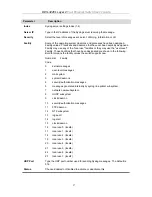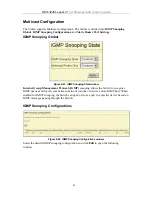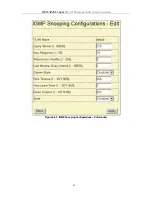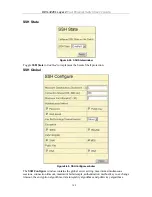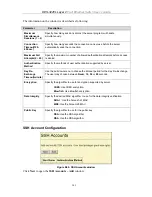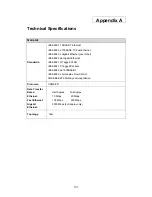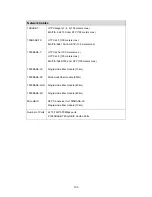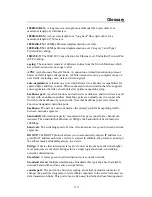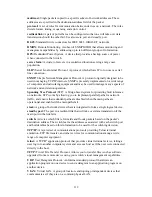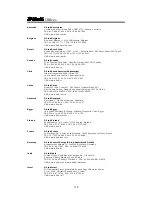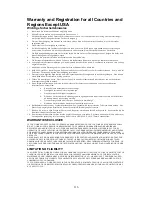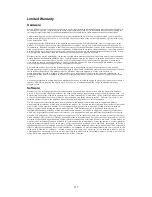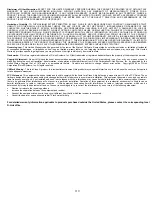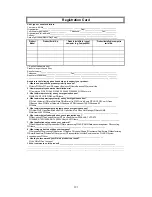
CSMA/CD:
Channel access method used by Ethernet and IEEE 802.3 standards in
which devices transmit only after finding the data channel clear for some period of
time. When two devices transmit simultaneously, a collision occurs and the colliding
devices delay their retransmissions for a random amount of time.
data center switching:
The point of aggregation within a corporate network where a
switch provides high-performance access to server farms, a high-speed backbone
connection and a control point for network management and security.
Ethernet:
A LAN specification developed jointly by Xerox, Intel and Digital
Equipment Corporation. Ethernet networks operate at 10Mbps using CSMA/CD to
run over cabling.
Fast Ethernet:
100Mbps technology based on the Ethernet/CD network access
method.
Flow Control:
(IEEE 802.3z) A means of holding packets back at the transmit port of
the connected end station. Prevents packet loss at a congested switch port.
forwarding:
The process of sending a packet toward its destination by an
internetworking device.
full duplex:
A system that allows packets to be transmitted and received at the same
time and, in effect, doubles the potential throughput of a link.
half duplex:
A system that allows packets to be transmitted and received, but not at
the same time. Contrast with
full duplex
.
IP address:
Internet Protocol address. A unique identifier for a device attached to a
network using TCP/IP. The address is written as four octets separated with full-stops
(periods), and is made up of a network section, an optional subnet section and a host
section.
IPX:
Internetwork Packet Exchange. A protocol allowing communication in a
NetWare network.
LAN:
Local Area Network. A network of connected computing resources (such as
PCs, printers, servers) covering a relatively small geographic area (usually not larger
than a floor or building). Characterized by high data rates and low error rates.
latency:
The delay between the time a device receives a packet and the time the
packet is forwarded out of the destination port.
line speed:
See
baud rate
.
main port:
The port in a resilient link that carries data traffic in normal operating
conditions.
MDI:
Medium Dependent Interface. An Ethernet port connection where the
transmitter of one device is connected to the receiver of another device.
MDI-X:
Medium Dependent Interface Cross-over. An Ethernet port connection
where the internal transmit and receive lines are crossed.
MIB:
Management Information Base. Stores a device’s management characteristics
and parameters. MIBs are used by the Simple Network Management Protocol
(SNMP) to contain attributes of their managed systems. The Switch contains its own
internal MIB.
111

